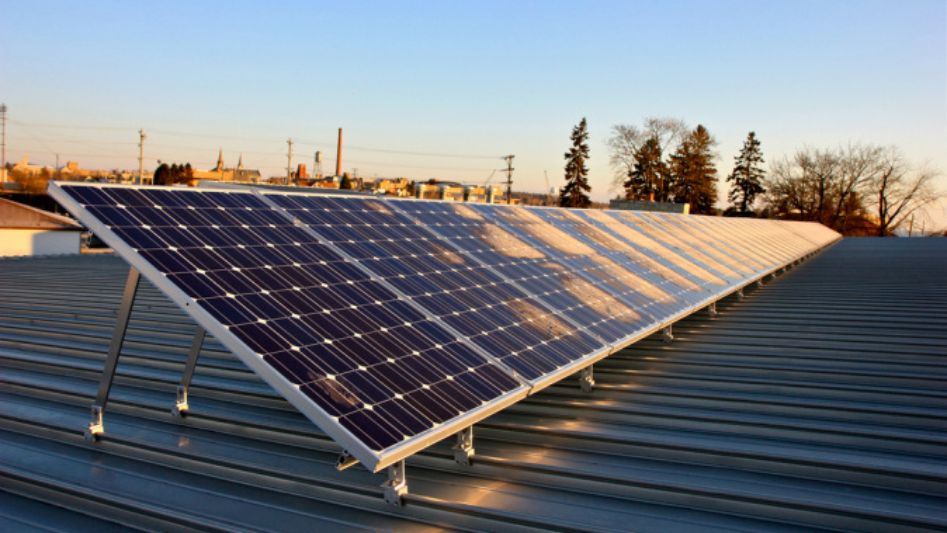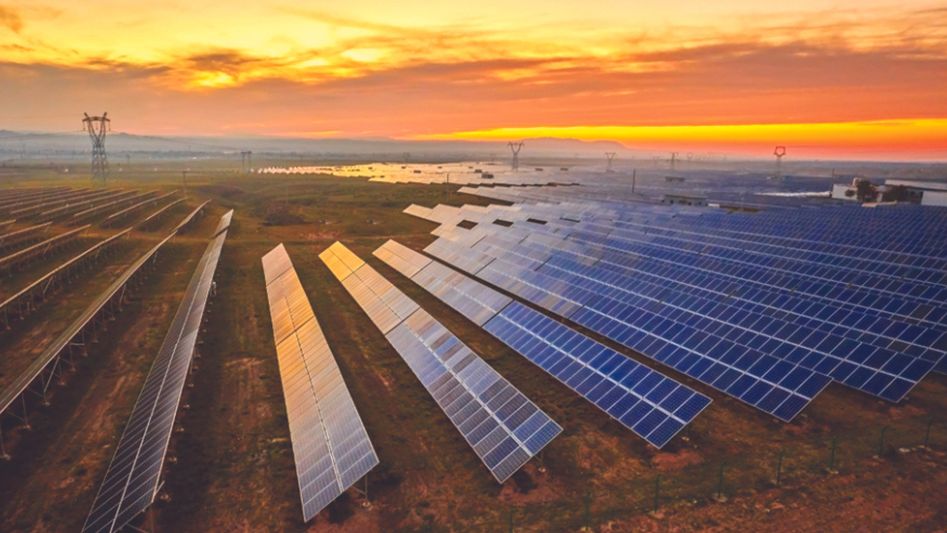In an era of growing concern over climate change and depleting fossil fuel reserves, renewable energy sources have emerged as a beacon of hope for a sustainable future. Among these sources, solar energy has captured the spotlight for its abundant and inexhaustible nature. At the heart of this green revolution lie solar panels, the technological marvels that transform sunlight into kilowatts of usable energy. In this article, we delve into the science behind solar panels, exploring the principles that enable them to harness the power of the sun and contribute to a cleaner energy landscape.
Table Of Content
We invite you to read: “Economic Winds of Change: How Wind Turbines and Solar Panels Affect Local Economies”

The Photovoltaic Effect: Birth of a Green Revolution
The foundation of solar panels rests on the principles of the photovoltaic effect, a phenomenon discovered over a century ago. In 1839, French physicist Alexandre Edmond Becquerel observed that certain materials produced an electric current when exposed to light. This marked the birth of photovoltaics, a field dedicated to studying the conversion of light into electricity.
The key component of a solar panel is the photovoltaic cell, also known as a solar cell. These cells are primarily composed of semiconductor materials, such as silicon, which possess unique electronic properties. When photons, the fundamental particles of light, strike the surface of the semiconductor, they transfer their energy to electrons within the material, liberating them from their atomic bonds.
The freed electrons create an electric potential difference, generating a flow of electric current. This phenomenon is akin to the way water flows downhill due to the gravitational potential difference between higher and lower points. However, in the case of solar cells, it’s the electric potential difference that drives the electron flow, creating a flow of electricity.
Structure of Solar Panels: Turning Light into Power
A typical solar panel consists of multiple photovoltaic cells connected in an organized pattern. These cells are wired in series or parallel to achieve the desired voltage and current characteristics. The solar panel is then encapsulated within a protective material, usually tempered glass, to shield the delicate cells from external factors such as weather, debris, and UV radiation.
The surface of each photovoltaic cell is coated with a thin antireflective layer that reduces the loss of incoming sunlight due to reflections. This layer allows the cell to capture as much sunlight as possible, enhancing its efficiency. Beneath the antireflective coating lies the semiconductor material, often crystalline silicon, which plays a crucial role in the photovoltaic process.
Variants of Solar Cells: Exploring Efficiency and Innovation
While silicon-based solar cells remain the most widely used technology, researchers have been relentless in their pursuit of enhancing efficiency and reducing costs. This pursuit has led to the development of several variants of solar cells, each with its unique set of benefits.
- Monocrystalline Solar Cells: These cells are crafted from a single crystal structure, making them highly efficient due to their uniformity. However, their manufacturing process is energy-intensive, making them relatively expensive.
- Polycrystalline Solar Cells: Created from multiple crystals, these cells are more cost-effective to manufacture than monocrystalline cells. Although they have slightly lower efficiency, ongoing advancements have been closing the gap.
- Thin-Film Solar Cells: Thin-film technology involves depositing a photovoltaic material in thin layers onto a substrate. This approach is more flexible and can be used on various surfaces, but it generally has lower efficiency compared to crystalline silicon cells.
- Tandem Solar Cells: Tandem cells stack multiple layers of different semiconductor materials on top of each other. Each layer absorbs a different portion of the solar spectrum, maximizing energy capture and boosting efficiency.
We invite you to read: “Future-Proofing Energy: The Role of Wind Turbines and Solar Panels in Climate Resilience”

From Panels to Power Grid: Harnessing Solar Energy
Solar panels are not standalone power generators; they are part of a broader ecosystem that converts sunlight into usable electricity. The electricity generated by solar panels is in direct current (DC) form, which is then converted into alternating current (AC) through an inverter. AC power is the standard format used for residential and commercial electricity consumption and for feeding excess energy back into the grid.
Net metering, a common practice in many regions, allows solar panel owners to receive credit for the surplus energy they produce. On sunny days when a solar panel generates more electricity than is consumed, the excess energy is sent back to the grid, and the owner is compensated for this contribution.
Future Outlook: Bright Horizons for Solar Power
As technology continues to advance and economies of scale come into play, the cost of manufacturing solar panels continues to decrease. This trend makes solar energy increasingly accessible to a wider range of consumers and encourages the integration of solar power into the mainstream energy mix. Innovations like solar paint, flexible solar panels, and solar-powered windows are pushing the boundaries of what’s possible, opening doors for solar energy to be seamlessly integrated into everyday life.
We invite you to read: “From Sunlight to Wind: The Green Energy Duo – Solar Panels and Wind Turbines”

Conclusion
The science behind solar panels is a testament to human ingenuity and the potential of harnessing nature’s bounty for a cleaner and more sustainable future. From the photovoltaic effect to the intricate design of solar cells, the journey of sunlight to kilowatts involves a remarkable interplay of physics, materials science, and engineering. With ongoing research and innovation, solar panels are poised to continue their pivotal role in shaping the energy landscape and mitigating the impacts of climate change.
FAQs
What is the photovoltaic effect?
The photovoltaic effect is the process by which certain materials, particularly semiconductors like silicon, convert sunlight into electricity when exposed to light.
How do solar panels work?
Solar panels consist of photovoltaic cells that absorb photons from sunlight, releasing electrons and generating an electric current. This current is then converted from direct current (DC) to alternating current (AC) through an inverter for use in homes and the grid.
What are the types of solar cells?
There are various types of solar cells, including monocrystalline, polycrystalline, thin-film, and tandem cells. Each type has unique characteristics and efficiencies.
What’s the future of solar power?
Advancements in technology and decreasing manufacturing costs are making solar power more accessible. Innovations like solar paint and flexible panels are expanding its applications, ensuring a bright future for solar energy.
You May Also Like
- 6 Steps for DIY Solar Panels: Installation Guide
- What Are The Best Solar Panels If You Don’t Have Roof Space
- A Green Alliance: Carbon Neutrality’s Co-benefits for Solar and Wind Energy
- How Machine Learning is Powering up Wind and Solar Energy
- Singapore Explores Hybrid Wind, Solar, Tidal, & Wave Energy System

